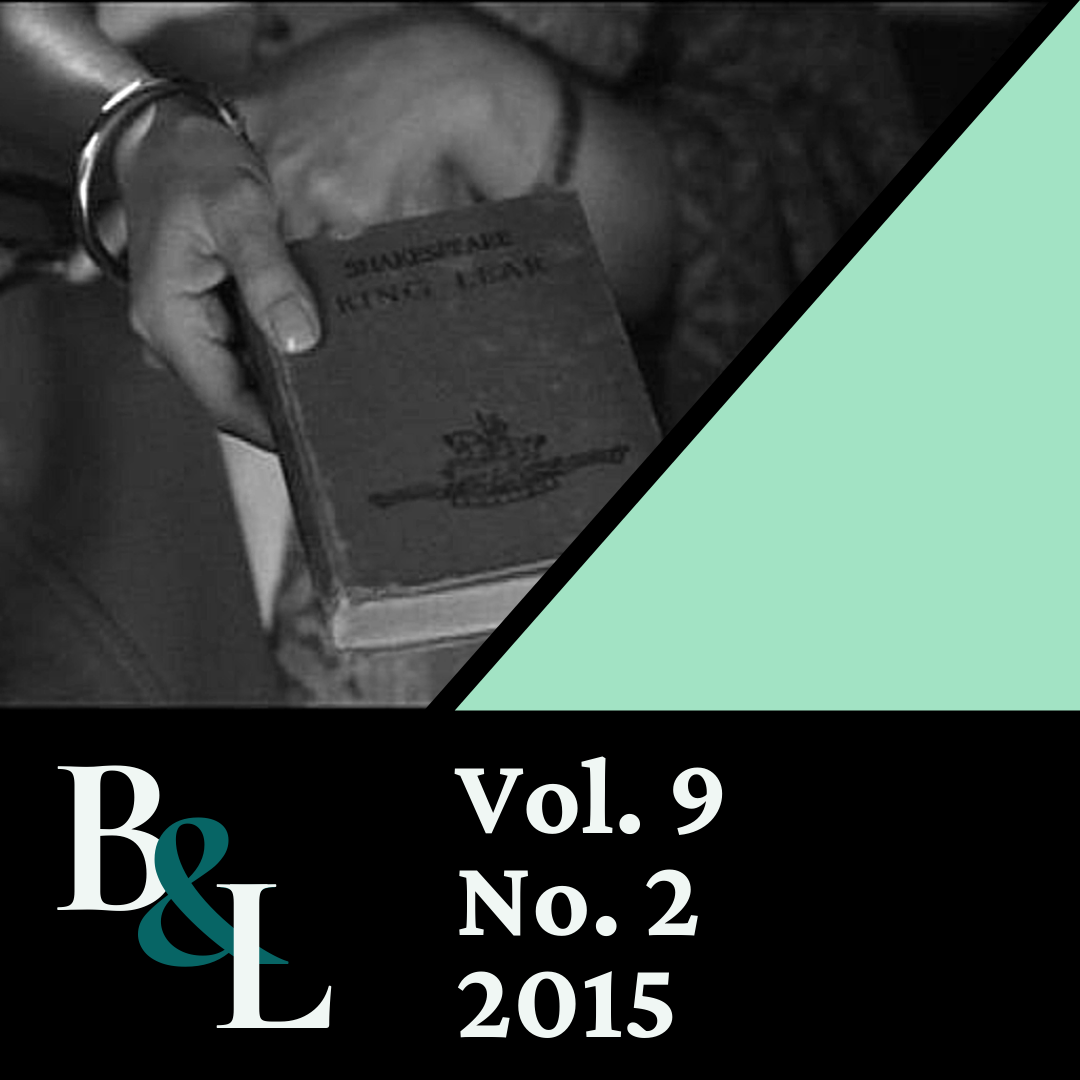Multiple Histories
Cultural Memory and Anne Boleyn in Actes and Monuments and Henry VIII
Abstract
This essay examines Shakespeare and Fletcher's appropriation of varied intertextual sources for their depiction of Anne Boleyn in Henry VIII. Through attention to the play's intertextual relationship with John Foxe's Actes and Monuments as well as early modern historiography, poetry, and popular literature about Anne, I show that some of Henry VIII's distinguishing characteristics — including its consideration of audiences and privileging of multiple perspectives — cue early modern readers and audiences to remember contrasting histories gleaned from diverse cultural memories. In spite of their divergent representations of events from Henry VIII's reign — Henry VIII avoids depicting Anne's death in favor of the spectacle of her coronation, while Actes and Monuments emphasizes eyewitness accounts of Anne's trial and execution and represents her death as Protestant martyrdom — the play conjures Anne's Foxean ghost through audience awareness of alternative intertexts, and intertwines Anne with her rival, Katherine, and the Duke of Buckingham, so that Anne's off-stage history permeates the play's account of the falls of Katherine and Buckingham as well as the births of the English Reformation and the monarch Elizabeth I.


